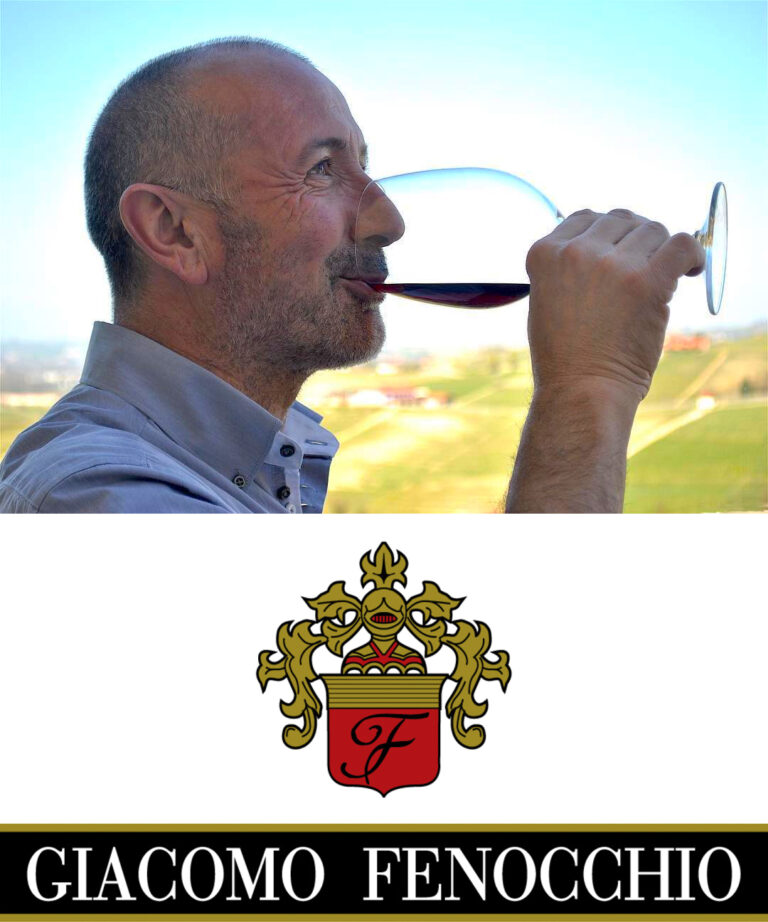
Giacomo Fenocchio
The real birth of Barolo can be placed in the years of the Risorgimento, in the cellars of the castle of the Marquis Falletti. Juliet Vitturnia Colbert Maulévrier, wife of Tancredi Falletti, wanted his Nebbiolo named from its country of origin, Barolo. The Barolo was once sweet. It was Camillo Benso, Count of Cavour to vinify for the first time in dried version. The Company Giacomo Fenocchio, founded in 1864, is still the Barolo in the traditional way.
For over five generations – explains Claudio Fenocchio, owner and winemaker along with his brothers – our company has been producing, processing vinification and aging great wines from grapes from their own vineyards in the heart of the area of Barolo. My great-great grandfather John, the progenitor of my family, used to say: ‘Everybody makes wine in the same way, simply because that’s how it should be done; it is up to us to change a method, a culture. ’”
The Barolo wine of Fenocchio is created through a very long maceration, no less than ten days, without the use of rotary fermentors.
We do not use shortcuts: The fermentation is completely natural – Claudio continues – The work is done in full by the indigenous microflora, without added yeast. The temperature is kept constant only through the daily pumping.
Barolo is a noble wine and demanding, which is achieved without force, without acceleration, following its time and its rules. It was born to wait and evolve over time.
Our Barolo – says Claudio – remains five months in stainless steel vats and two years in Slavonian oak casks of large capacity (up to 50 hl) and is aged in the bottle for a year. It therefore avoids any yeasts in barrels, which would be excessively aromatic, as much as possible to maintain the unique character of this wine. The passage of time will bestow the wine with complex and intriguing aromas for palates ready to seize the pleasure of never-predictable aspects of great liveliness.
The brothers Fenocchio personally take care of their vineyards with modern techniques, to preserve the ecological balance and with great respect for the environment. The work is meticulous and attentive, without excessive reduction of productivity: about 55 quintals per hectare for the Barolo DOCG Villero and 70 quintals for the Barolo DOCG Cannubi and the Barolo DOCGBussia.
There is a balance between the concentration of tannins and the richness in color of the wine. Barolo is a wine that touches your heart, born of a unique land, to stay there, in the heart, it must remain inimitable.
To conclude with the words of John Fenocchio who lived preserving the tradition of this great wine: Finding new formulas can be interesting, but the more you experience new and different things, the more our wine will be unique.

